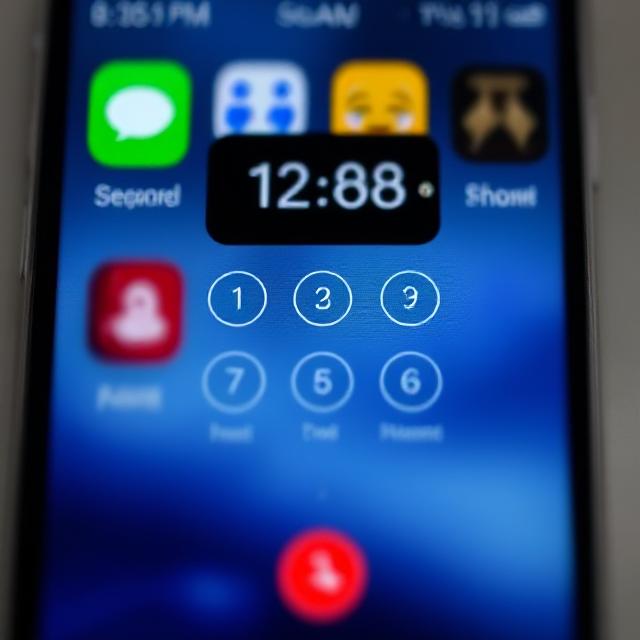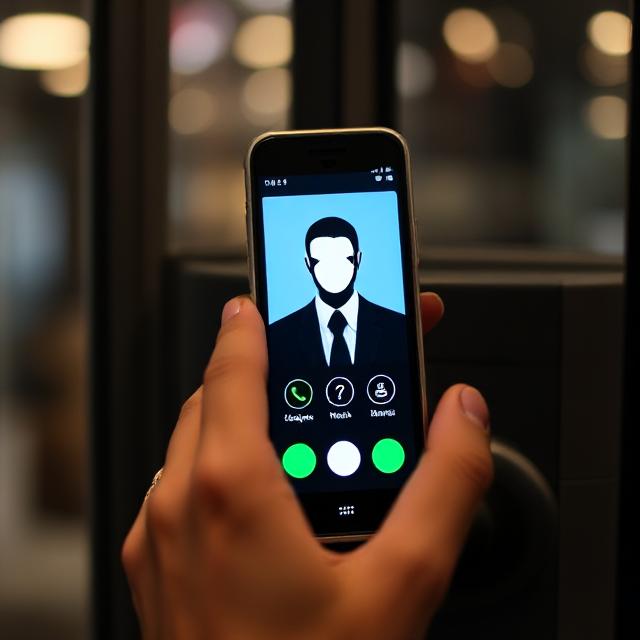There’s a new kind of burnout I’ve noticed—and maybe you have too.
It’s not from overwork or endless Slack pings. It’s from something more subtle and constant: random unknown calls interrupting your day, your thoughts, your focus.
And if you’re running a business, working remotely, or just trying to protect your mental bandwidth in 2025, the traditional “just don’t pick up” advice doesn’t cut it anymore.
So I went deep into testing the best call screening tools of 2025, not just to find out what works—but to see which ones actually help you reclaim your time and sanity.
Here’s what I found, ranked based on AI capabilities, filtering accuracy, ease of use, and how well they adapt to real-world call chaos.
The New Phone Problem
We used to love getting calls. Now? Every unknown number feels like a tiny landmine.
According to Hiya’s Voice Threat Report, 1 in 4 unknown calls is a scam, and most of the rest are spam, cold sales, or robocalls pretending to be government notices.
The numbers keep climbing because scammers are getting smarter—and we’re not evolving fast enough to stop them.
The right solution? Call screening tools built with real intelligence—not just number-blocking.
What Makes a Great Call Screener in 2025?
A lot of people think “call blocking” and “call screening” are the same. They’re not.
Here’s what sets the top call screening apps apart today:
- 🧠 AI that understands intent, not just caller ID
- 🔐 Spam and scam detection beyond simple blacklists
- 📝 Real-time call summaries, so you know who called and why
- 📵 Minimal disruptions (because if I wanted constant decisions, I’d just answer the phone myself)
- 📈 Adapts to your behavior, learning who to let through and who to block
With that lens, here’s how the top call screening tools of 2025 stack up.
1. Clayo.ai – Best AI Call Screener Overall
Let me be upfront: yes, I’m highlighting Clayo first—and no, it’s not because I’m on their team.
In fact, you might think “of course he’s mentioning it, probably wrote the blog to promote Clayo.”
But honestly? I’ve tested all the tools on this list. Clayo deserves this spot.
Why?
Because it doesn’t just block bad calls. It answers unknown calls for you, speaks to the person using AI, detects if it’s a scam or bot, and then gives you a clean, readable summary.
Imagine getting this text mid-meeting:
“Spam call pretending to be courier — blocked.”
“Client: urgent feedback on landing page — call back recommended.”
You didn’t answer. You didn’t get distracted. But you still stayed in control.
Clayo also catches deepfake voices and AI-generated scams, something that’s increasing fast in 2025 (and that other tools don’t even recognize yet).
🔹 Standout features:
- Real-time AI call conversations
- Scam detection with voice analysis
- Automatic filtering with human-like judgment
- Summaries via SMS or dashboard
🔹 Best for: Founders, consultants, podcasters, salespeople—basically anyone whose time is more valuable than playing phone roulette.
2. Google Call Screen – Convenient for Pixel Users
This one’s great if you’re already using a Google Pixel device.
Google’s call screen uses Google Assistant to ask unknown callers who they are and why they’re calling. It transcribes their response in real-time, and you can choose whether to answer, hang up, or report spam.
It’s simple, clean, and effective—but limited to Pixel and doesn’t offer summaries or follow-up notifications.
🔹 Best for: Pixel users who want light, built-in filtering.
3. Truecaller – Popular but Passive
Truecaller’s been around a while, and it’s got one of the biggest databases of spam numbers in the world.
It identifies callers in real-time and flags spam based on user reports.
The downside? It doesn’t screen calls actively. It tells you who’s likely calling, but the decision is still yours—and there’s no AI conversation happening in the background.
That’s fine for passive use, but if you’re in back-to-back calls all day, it doesn’t reduce your decision fatigue.
🔹 Best for: People who mostly want caller ID and global spam detection.
4. Hiya – Strong in the U.S. Market
Hiya works closely with carriers like AT&T and Samsung, and its spam detection is solid.
It’s cleanly integrated and useful if you want pre-call spam alerts and global blacklists. But like Truecaller, it doesn’t talk to the caller or summarize intent.
And if you get international spam, it might not catch everything.
🔹 Best for: U.S.-based users who want protection without installing extra tools.
5. Nomorobo – Great for Landlines, Less for Mobile
Nomorobo deserves mention because it’s been a pioneer in the VoIP and landline space. If your team uses desk phones or a cloud-based office system, it can block known robocallers before they even ring.
But for mobile use? It lacks modern AI features and doesn’t screen in real-time.
🔹 Best for: Offices still running VoIP desk systems, not mobile-first users.
How to Choose the Right Call Screener
Here’s the truth: there’s no universal “best” tool. It depends on how you work and how often you’re interrupted.
Ask yourself:
- Do I get 5+ unknown calls per day?
- Do I miss leads or lose focus due to spam calls?
- Do I need to protect my energy and attention during deep work blocks?
If yes to any of the above, skip the basic blockers. You need a real AI call screener—something that thinks before it lets anyone through.
And that’s exactly why I recommend Clayo.
Why I Use Clayo (And No, Not Just Because I Wrote This)
If it feels like I’ve been overly positive about Clayo, I get it. I’d feel that way reading this too.
But here’s the thing: I wasn’t sold on it at first. I thought it was just another call blocker with fancy branding.
Then I tried it.
And after two weeks, I realized I hadn’t missed a single important call—and I hadn’t been distracted once by fake delivery messages, energy-saving scams, or “sir, we are calling from the loan department” nonsense.
That’s not hype. That’s just what it did.
Final Word: Protect Your Attention Like It’s Your Business (Because It Is)
In 2025, your attention is your most valuable asset.
Don’t waste it answering calls from robots, scammers, or low-quality cold calls.
Use tools that respect your time, that think for you, and that help you focus on what matters.
And if you’re ready to finally stop playing guessing games with your phone?
👉 Try Clayo.ai. It’s not just another app—it’s the call screener I wish I had years ago.









![What Is a Spam Call and How Do They Work? [2025 Edition Guide for Professionals]](https://wp.clayo.ai/wp-content/uploads/2025/06/Lucid_Realism_A_professionallooking_man_in_his_mid30s_wearing__0.jpg)